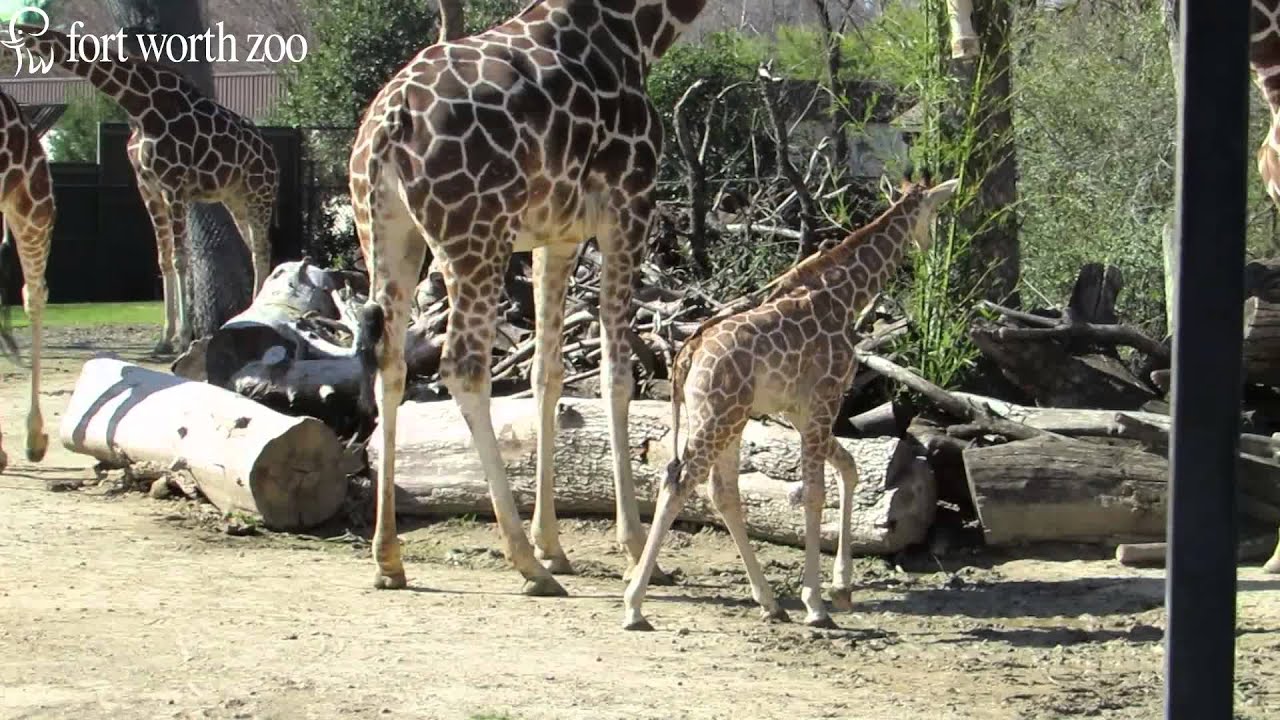- Introduction to the Fort Worth Zoo’s announcement of a baby giraffe and its significance in zoology and conservation.
- The fascinating biology and physiology of giraffes, exploring their adaptations and ecological roles.
- Insights into zoo management practices, highlighting how zoos like Fort Worth Zoo contribute to conservation and education.
- The important role of public engagement through multimedia, using video presentations to connect with the audience.
- The broader context of wildlife conservation efforts, emphasizing collaboration between zoos, conservationists, and the public.
The arrival of a baby giraffe at Fort Worth Zoo has captured the attention of both zoologists and the local community. This event is not merely a moment of wonder; it offers a remarkable opportunity to delve into the biology, ecology, and conservation efforts surrounding this iconic species. Giraffes, with their towering height and distinct patterns, serve as a vital part of the ecosystems they inhabit and provide a unique window into the natural world.
Giraffes have fascinated humans for centuries, primarily due to their impressive stature and gentle demeanor. Scientifically known as Giraffa camelopardalis, they are the tallest land mammals on Earth, with adults reaching heights of up to 18 feet. Their long necks, an adaptation to browsing treetops, are composed of only seven elongated vertebrae—the same number as most mammals, showcasing an extraordinary evolution of form for function. Their prehensile tongues, up to 20 inches long, allow them to strip leaves from branches with great efficiency.
The social structure of giraffes, known as a tower, relies on loose herds typically composed of females and their young. Male giraffes may engage in a unique behavior called “necking,” where they use their necks as weapons in combat to establish dominance or courtship rights. Such behaviors illustrate the complexity of giraffe social interactions and their adaptive strategies for survival.
Fort Worth Zoo plays an essential role in managing the challenges faced by many giraffe populations in the wild. Across sub-Saharan Africa, giraffes are threatened by habitat loss, poaching, and human-wildlife conflict. Zoos around the world, including Fort Worth, contribute to conservation efforts by participating in breeding programs, species research, and habitat restoration initiatives. By managing a genetically diverse population, zoos help safeguard the future of endangered species and educate the public on critical conservation challenges.
Zoo management, especially concerning large mammals like giraffes, involves implementing sophisticated care practices that mimic their natural environments. Exhibits are designed to stimulate the giraffes’ natural behavior and provide ample space for them to roam and socialize. Proper veterinary care and nutrition are also pivotal in promoting health and well-being. The zoo’s commitment to conservation extends beyond its gates by participating in global collaborative efforts that support field research and wildlife preserves in Africa.
Public engagement through multimedia, such as the video of the baby giraffe, serves as a powerful tool to foster a deeper connection with the audience. These visual stories transcend language barriers and create universal moments of awe and inspiration. By highlighting significant events like the birth of a giraffe, the zoo can increase awareness and support for conservation initiatives. This engagement also provides an educational platform, imparting knowledge about the species and their ecological importance in an accessible manner.
This new addition to the Fort Worth Zoo also underscores the broader context of wildlife conservation worldwide. Conservation in the 21st century is a collective endeavor involving localized efforts, large-scale initiatives, and the active participation of zoos. Organizations such as the Giraffe Conservation Foundation work alongside zoos to address the challenges facing giraffes and other wildlife. By pooling resources and expertise, they develop strategic action plans that promote long-term sustainability for wildlife and their habitats.
In conclusion, the birth of a baby giraffe at Fort Worth Zoo represents more than a delightful day at the zoo. It offers a lens into the vital work of zoos in biodiversity conservation and public education. Through innovative management practices and strategic collaborations, Fort Worth Zoo continues its mission to inspire and engage the public while conserving some of the planet’s most majestic creatures for future generations. By embracing a shared responsibility for our world’s wildlife, zoos play a critical role in preserving the natural legacy for the enjoyment and wonder of future generations.
*****
Source Description
The Fort Worth Zoo welcomed a female baby giraffe on Jan. 11. The calf was born weighing 132 pounds and standing 5 feet and 7 inches tall. Giraffes are one of the Zoo’s most successfully bred animals since the first giraffe arrived in 1953. Her birth marks a third generation of giraffes currently at the Fort Worth Zoo – Kala is mother to Corrie and Tatu, and Corrie is mother to the new baby.


